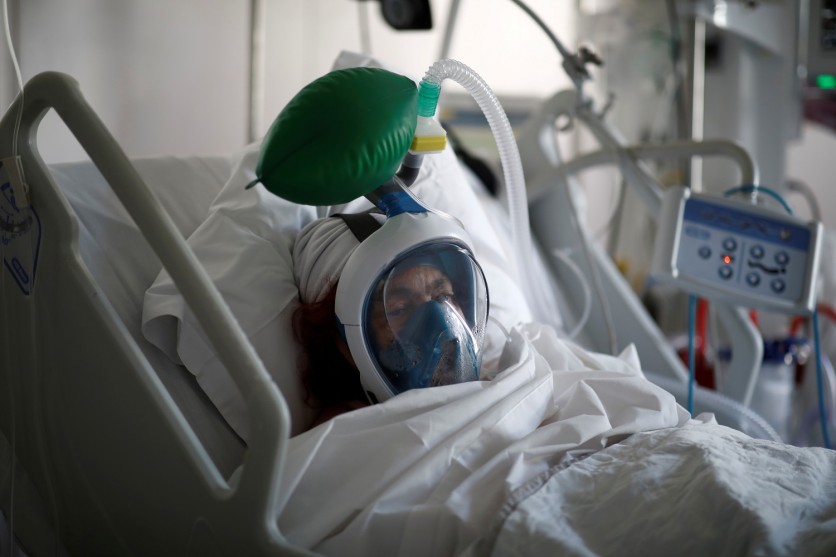A doctor warns COVID-19 patients may suffer from oxygen drops that could be fatal.
Emergency medical practitioner at Bellevue Hospital in New York City, Dr. Richard Levitan revealed wrote an article for the New York Times about his observations among COVID-19 patients with pneumonia.

They were not even aware
Levitan, who has been teaching medical practitioners how to intubate and use ventilators for at least two decades, said patients were not struggling to breathe even though their lungs are filled with fluid or pus.
They were not even aware they were infected with coronavirus until they are brought to the hospital. Sadly, 'they were often already in critical condition.'
This is because they were suffering from hypoxia in which body tissues run low on oxygen, resulting in organ damage and even death. It can happen even without warning, and within minutes, it can damage the heart, liver, brain, and other organs.
Based on a 2011 study by Massachusetts General Hospital, about 7% of patients experience a 'hypoxemic event' while 3.5 % had a 'severely hypoxemic event' for at least two minutes.
Surprisingly, patients did not report any breathing problems, even their oxygen levels were below normal, and their chest X-rays confirm diffuse pneumonia. Severe COVID-19 patients are being intubated to prevent any further decline in their health.
READ ALSO : COVID-19 Update: Antibiotic Treatment for Coronavirus Could Fuel Resistant Bacteria More, Experts Say
"Silent Hypoxia"
Pneumonia occurs when the air sacs in the lungs are filled with pus or fluid, causing pain and discomfort.
However, for COVID patients with pneumonia, Levitan said they endure 'silent hypoxia' that is often undetected until it is already on an advanced stage. They do not feel shortness of breath despite a dropping oxygen level.
'And by the time they do, they have alarmingly low oxygen levels and moderate-to-severe pneumonia,' Levitan added.
The normal oxygen level is between 94% and 100%, while for COVID pneumonia patients, it could be "as low as 50 percent".
Oxygen levels can be measured using pulse oximeters. It is a small device that can be clipped to any body part like a finger or earlobe to gauge the oxygen levels in the patient's blood.
Levitan also noted that even before going to the hospital, many patients have already been sick with fever, cough, and fatigue for at least a week. The COVID pneumonia causes the air sacs to collapse, leading to a drop in oxygen levels.
Since they are unaware of it, patients breathe deeper and faster, which damages the lungs more. Patients with severe cases of COVID-19 are being intubated to prevent any further decline in their health or even death.
Monitor oxygen levels
While there is a shortage of ventilators, Levitan recommends monitoring patients' blood oxygen levels with a pulse oximeter. Doing this at home alerts patients before their oxygen levels drop critically low.
'Widespread pulse oximetry screening for COVID pneumonia... could provide an early warning system for the kinds of breathing problems associated with COVID pneumonia,' Levitan wrote in The Times.
Perhaps, this measure could prevent further deaths among COVID-19 patients. Currently, there are 186,131 recorded deaths from the 2,665,122 total number of confirmed coronavirus cases, as provided by John Hopkins University on Thursday. Meanwhile, a total of 727,170 patients have recovered from the virus.
READ ALSO: COVID-19 Pandemic Drones Are Raising Privacy Concerns, According To Local Officials
ⓒ 2025 TECHTIMES.com All rights reserved. Do not reproduce without permission.


![Best iPads that Students Can Use in School [2025]](https://d.techtimes.com/en/full/461431/best-ipads-that-students-can-use-school-2025.jpg?w=184&h=103&f=516289300e12e9647ef3d5bd69f49b70)

